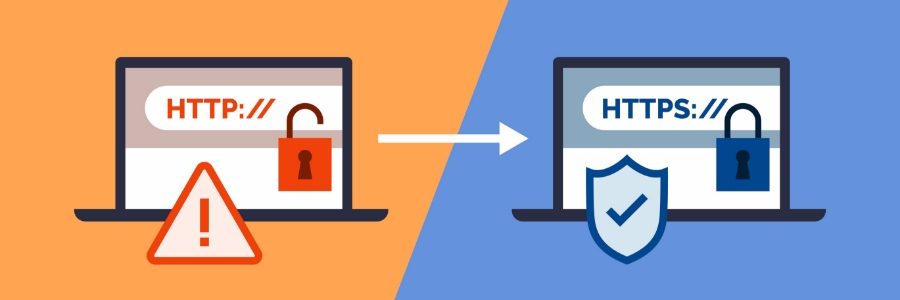It’s no secret that the internet can be a dangerous place. Hackers, scammers, and identity thieves are always looking for new ways to steal your information or scam you out of your hard-earned money. That’s why it’s critical to take steps to protect yourself while you’re online. One of these is to make sure that… Continue reading Why HTTPS matters for your cybersecurity
Why HTTPS matters for your cybersecurity









